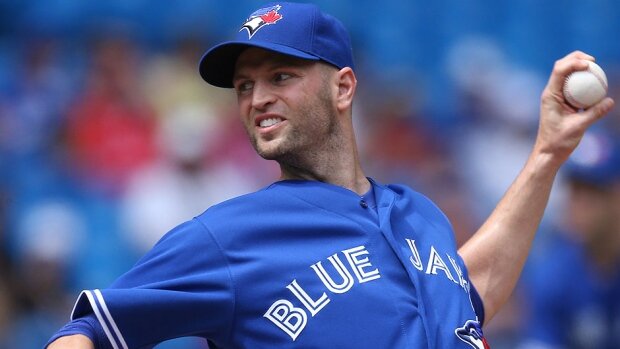Coming to grips with J.A. Happ and misconceptions of park effects

One of the prevailing justifications for the trade that sent Michael Saunders to the Toronto Blue Jays and brought J.A. Happ to the Mariners was that Happ figures to have better results in Safeco Field. This falls in line with similar stories the Mariners have had with pitchers like Jason Vargas, Chris Young, and Kevin Millwood rewarded with favorable results in terms of runs allowed.
The primary flaw in this assessment of the impact a pitcher-friendly home stadium has on a pitcher is also felt by the pitcher’s team’s offense. It’s quite simple, the reason we want pitchers to give up less runs is because it gives the team a better chance to win. The important part is the part where the team has a better chance to win, not the part where there are less runs. Safeco allows less runs to both home and road teams, and to only assign this impact to projections of pitchers is nothing short of cognitive dissonance.
Here are some 2014 Mariners stats:
Home ERA: 2.93
Road ERA: 3.43
Home RA/G: 3.16
Road RA/G: 3.68
Home xFIP: 3.49
Road xFIP: 3.65
RS/G Home: 3.46
RS/G Road: 4.35
A pitcher like Happ isn’t entirely without value, of course. Paying him nearly $7 million and giving up Michael Saunders for him is a truly difficult pill to swallow, but this kind of pitcher isn’t a guy that doesn’t have a roster spot. On a good team, he’s probably something like a sixth starter. Most rosters need a sixth starter for a fair amount of starts. On a team that is nearing contention, Happ is probably a fourth or fifth starter at best, and while he may put up sparkly ERA numbers in Safeco Field, those numbers are likely to be opposite some ugly offensive numbers in the Mariners home ballpark.
Happ somehow added a couple miles per hour on his fastball last year. That didn’t lead to a spike in strikeouts or swinging strikes, but it’s a glimmer of hope in a trade buried in a pile of manure.
The theory that the Mariners have the ability to cultivate this type of pitcher isn’t one without merit. Since Safeco suffocates run scoring ability, it’s less important to have top quality pitchers, and the Mariners can usually find good results in pitchers of lower perceived value. They can only really achieve surplus value if they’re able to get this player for a relative bargain – meaning not for a quality outfielder on a team devoid of quality outfielders.
Even with improved results, the Mariner stand very little chance of receiving anything for Happ, even at the trade deadline, though reports have surfaced that teams are already contacting the Mariners about Happ. The team could trade him at the deadline, but it’s not often that a team receives a substantial return on a trade in which the primary piece is a back-of-rotation starter. Even less likely is that Happ will have a tremendous breakout season and the Mariners will offer him a qualifying offer.
Ultimately, it’s hard for me not to draw parallels between this trade and the one-for-one deal that brought Ramon Santiago to the Mariners for Carlos Guillen. Happ’s expected value is extremely limited, surpassed in its limitations only by his lack of upside. Happ will probably have a sub-four ERA, which is certainly better than having a pitcher that allows more runs, but many left-handed hurlers would enjoy those same benefits. Saunders should not have been sacrificed. The Mariners traded away a position where they are weak for one they can typically fill effectively from the scrap heap.
-
maqman

